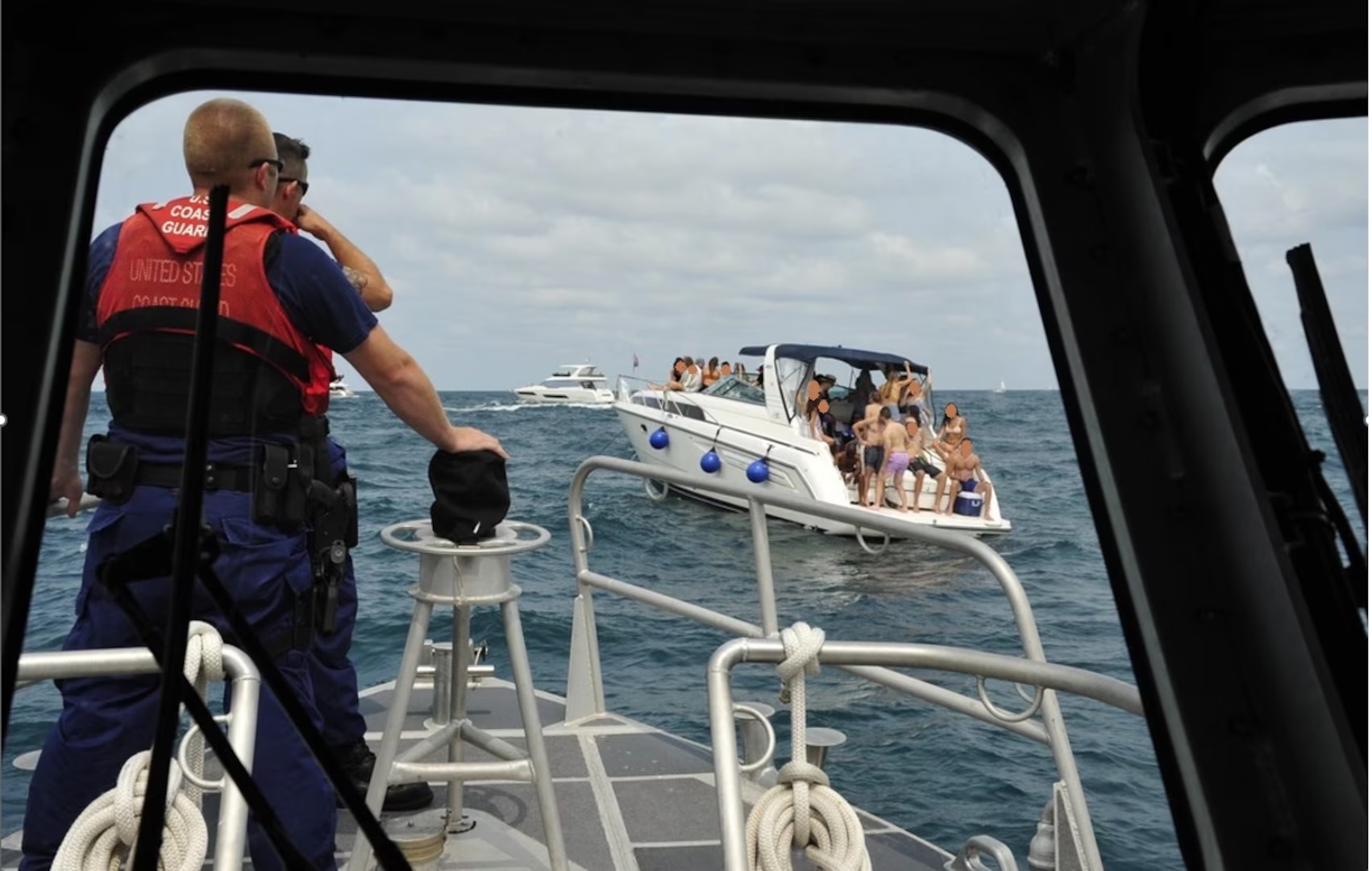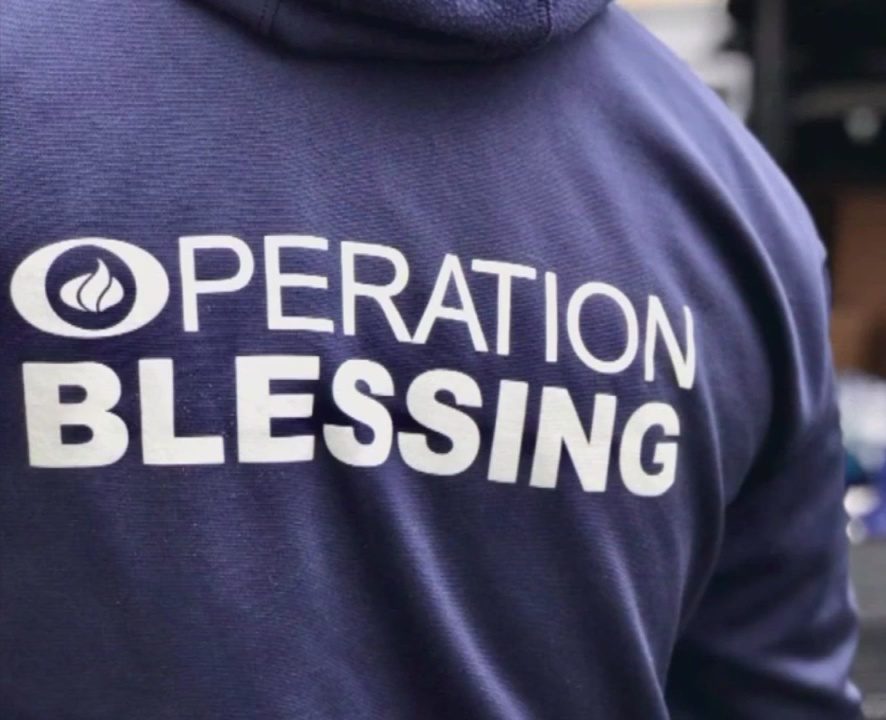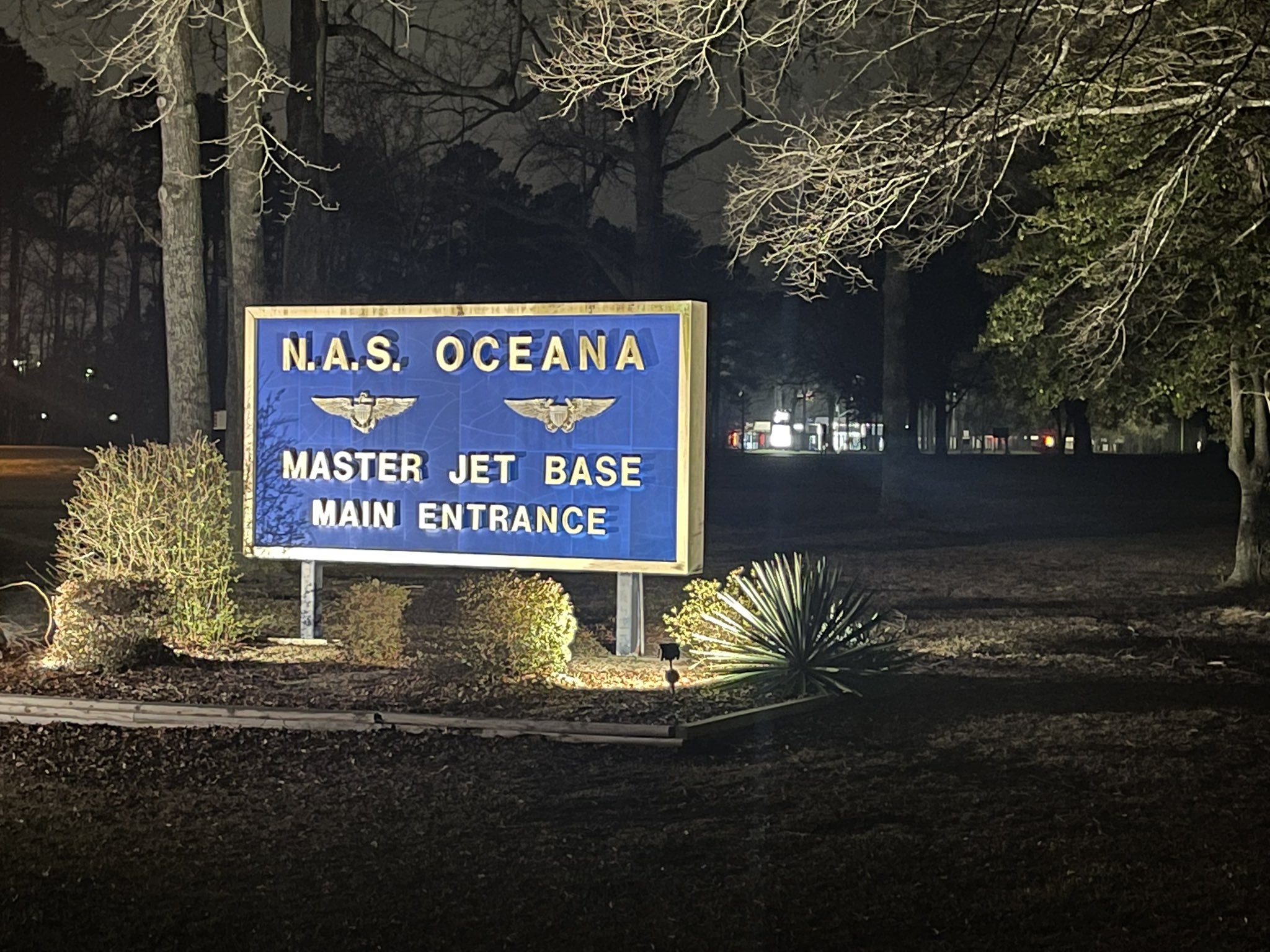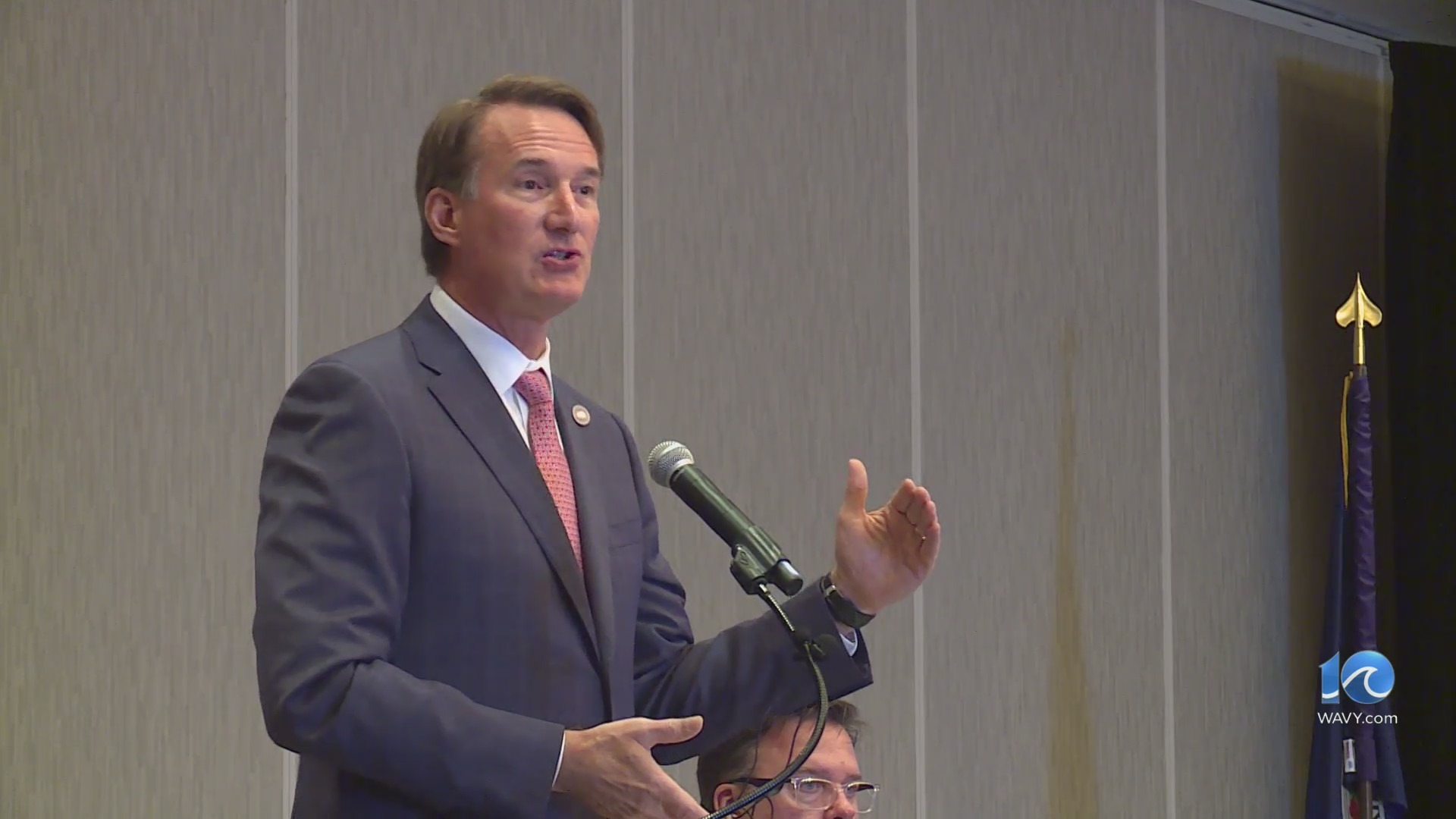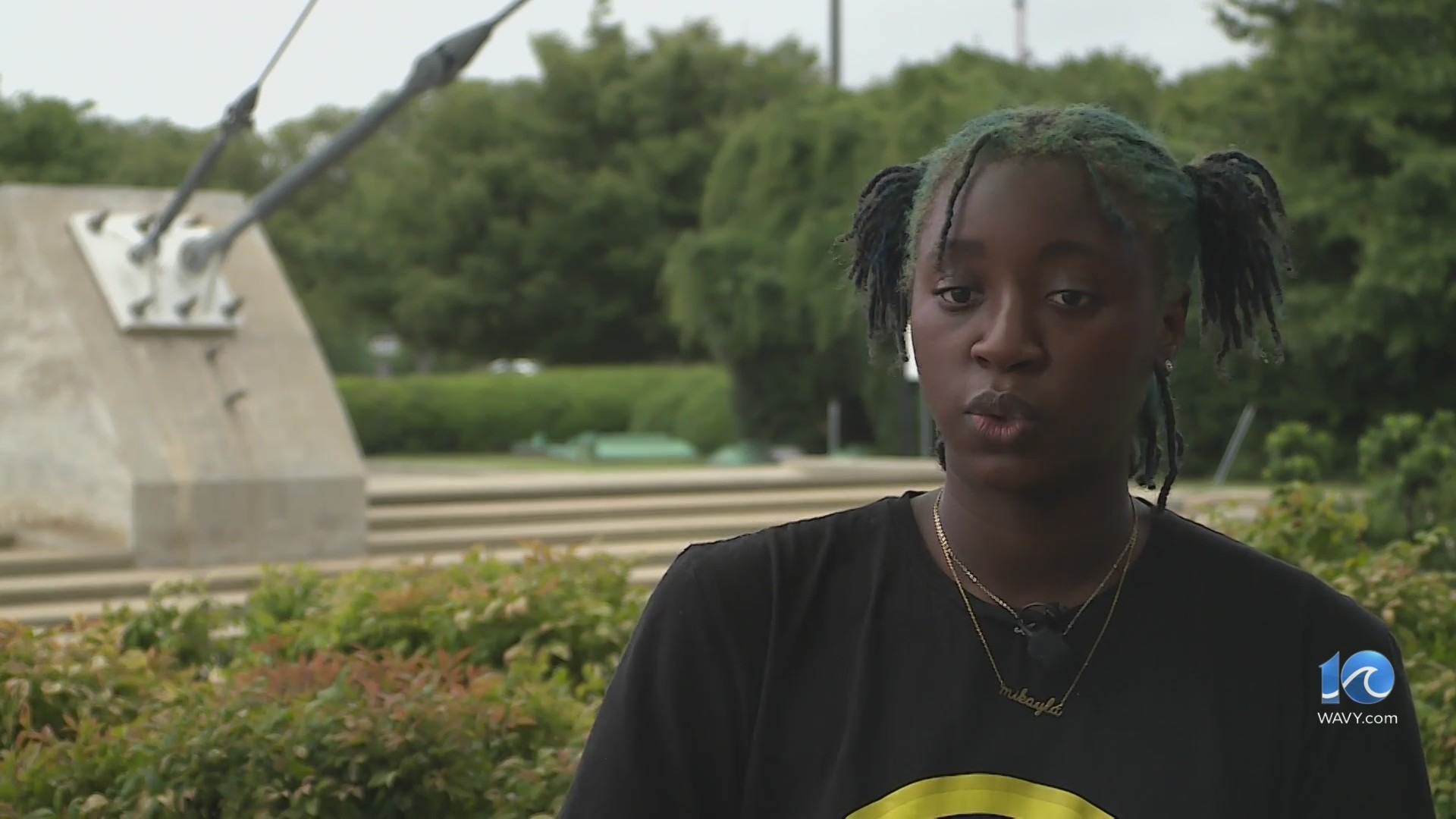NORFOLK, Va. (WAVY) — Local environmental groups don’t want to end up on the losing end of a budget battle. They’re hoping they can escape a financial rip current. A proposed 90 percent budget cut could run all of their efforts aground.
Groups such as the Chesapeake Bay Foundation and the Elizabeth River Project are excited about a tide of forward momentum — the recent progress in cleaning up our waters.
They gave 10 On Your Side a recent tour of the Lafayette River, where recent efforts have made the water much cleaner.
“These are humongous,” says the CBF’s Heather North, while she holds an oyster about six inches across. “And they have all different other critters, anemones, mussels.”
Joe Rieger is ERP’s Deputy Director for Restoration. “We have taken (the Lafayette River) off the Impaired Waters List for bacteria, so just in about six years, we’ve been able to reduce bacteria in this river to a level which is safe for recreational contact, and that’s huge. We hadn’t seen that type of progress in years.”
But the two non-profits and partners like them worry that the money needed to keep their progress going could nearly dry up.
The proposed federal budget for the EPA’s Chesapeake Bay Program, the pot of money that funds local groups, would slash their allotment by 90 percent.
“To have the federal government take the foot off the gas so to speak, and say let’s stop, it just makes no sense,” said Christy Everett, CBF’s Hampton Roads director.
The Lafayette River is the first waterway in Virginia to reach an acreage goal for self-sustaining oysters.
And then beyond the river lies a target for the entire bay.
“We really feel like the stars are aligning to be able to meet that very ambitious goal of 10 billion oysters by 2025,” said Jackie Shannon of CBF.
That excitement has spread to the grass roots, getting people like Amy Flora to get on board. Her house is on the river. She’s involved with oyster gardening, taking 1-year-old oysters and planting them near her dock, where they get bigger.
“Our river has really come a long way, wildlife we’re seeing that we’ve never seen before, seahorses, there’s a river otter that lives right off of our dock, and minks, dolphin are out here all the time.”
In addition to oyster restoration, the money goes toward habitat creation and pollution prevention.
Most grants require a local match.
“It’s important for people to realize that these are not just funds handed out without any stakeholder involvement,” Rieger said.
It’s up to Congress whether to approve the 90 percent funding cut.
“Now we’re seeing progress and if we see the funding go away then we won’t be able to keep those efforts up,” Rieger said.
Senators Tim Kaine and Mark Warner, and Congressmen Scott Taylor and Rob Wittman all tell 10 On Your Side they’ll fight to keep the funding in place.

